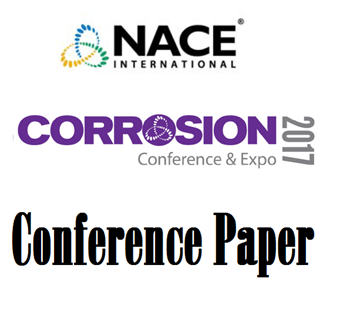Search
51315-5689-Effects of Phosphonates in the Microbiological Activity of SRM and APB in Oil Fields
Also Purchased
51314-3789-Forensic Analysis of Failed Pipe: Microbiological Investigations
Product Number:
51314-3789-SG
ISBN:
3789 2014 CP
Publication Date:
2014
$0.00
51313-02247-Improving Risk Based Inspection with Molecular Microbiological Methods
Product Number:
51313-02247-SG
ISBN:
02247 2013 CP
Publication Date:
2013
$20.00
Assessment of Microbially Influenced Corrosion Threats Using Molecular Microbiological Method
Product Number:
51317--9384-SG
ISBN:
9384 2017 CP
Publication Date:
2017
$20.00




